This photo essay catalogs various exhibits that have been developed as part of the Innovating STS special exhibit organized by the Society for Social Studies of Science (4S) as part of its 2019 annual meeting in New Orleans, USA from September 4-7. The exhibit showcases innovations in STS theories, methods, pedagogies, and practices, as well as ways in which "innovation" has been a focus of scholarly analysis in STS.
Exhibits in Innovating STS are being presented gallery-style during the 2019 4S conference, and also as curated digital collections that can be preserved, elaborated, and accessed over time on the STSinfrastructures platform.
The gallery exhibition will be installed throughout the conference at the Grand Ballroom Foyer on the fifth floor of conference venue. Conference delegates can also interact with exhibitors during the reception on Thursday, September 5 (6.30-7.30 pm) at their respective exhibitor booths.

Innovating STS exhibits showcase innovations in STS as well as ways “innovation” has been studied, conceptualized, practiced, and critiqued. Aiming to deepen the transnational character of STS, Innovating STS exhibits convey diverse ways “innovation” has been an organizing rubric in different settings as well as how STS itself has been built and innovated in different settings.
Innovating STS exhibits explore how particular strands of STS scholarship (e.g. feminist and postcolonial STS) have been built, or innovative ways STS scholars and practitioners have connected to and communicated with new publics. Some exhibits also extend the digital collections built as part of the 2018 STS Across Borders special exhibit — adding new content and analysis to exhibits focused on particular departments and groups, journals, and regional formations.
Our goal is to build deeply diverse grounds for the future of STS and to cultivate new forms of intellectual community that span beyond the space-time of the annual 4S conferences.
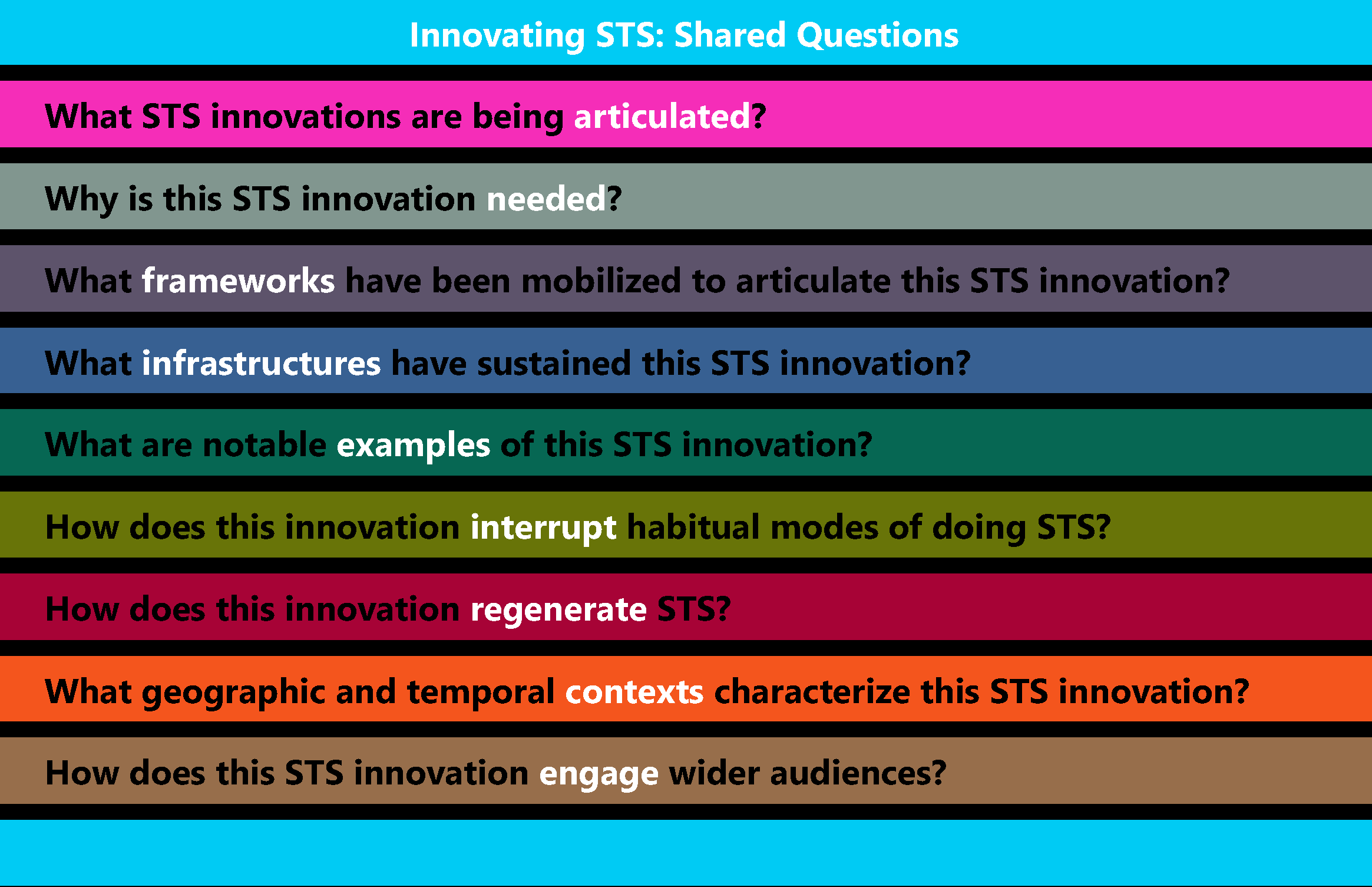
Innovating STS exhibits are oriented by nine shared questions. These questions allow for comparative insight across different STS innovations.

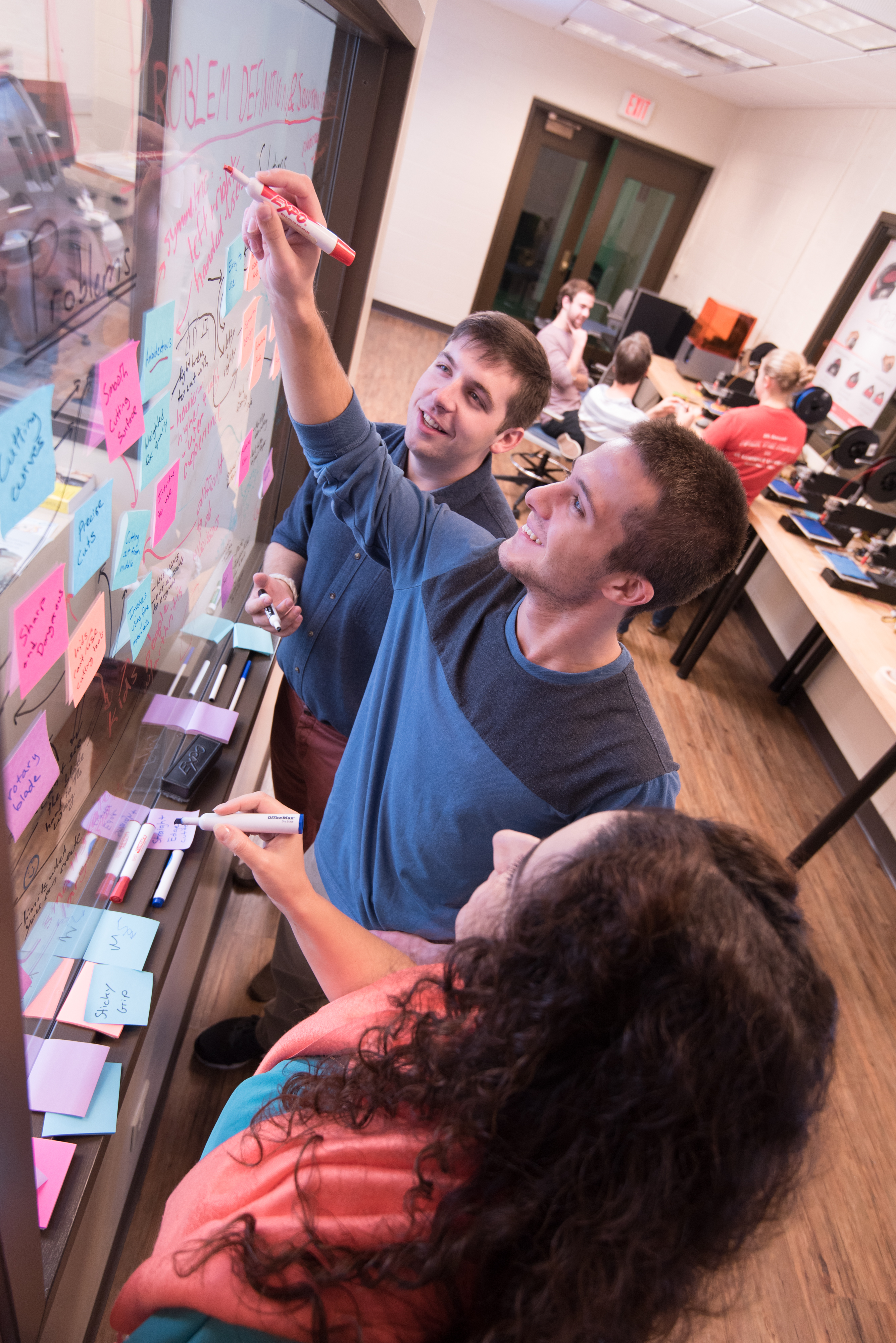
In the Fall of 2018, the STS Department at RPI celebrated the 20th year of its "Design, Innovation, & Society" (DIS) program, an undergraduate major and research program focused on the pursuit of STS scholarship and social justice through the practice of design. For the past 20 years, DIS has been the only studio-based, undergraduate design program housed completely within a social sciences & humanities department in the world. DIS teaches practical design skills--drafting, prototyping, CAD, problem definition, design ethnography, and organizational design--while also using STS literature and conversations as a vehicle for deconstructing and critiquing the popular assumptions of design and designers. As such, DIS treats design simultaneously as critical technical practice, an imagined community of practice, and an epistemic/ideological position.
This exhibit tracks the history of DIS @ RPI, speaking to how DIS serves as both an innovation of and critique of STS itself, and how DIS as reflexively evolved over the past 20 years in response to changes in faculty, institutional capital, the popularization of "design thinking," and the politics of STS.
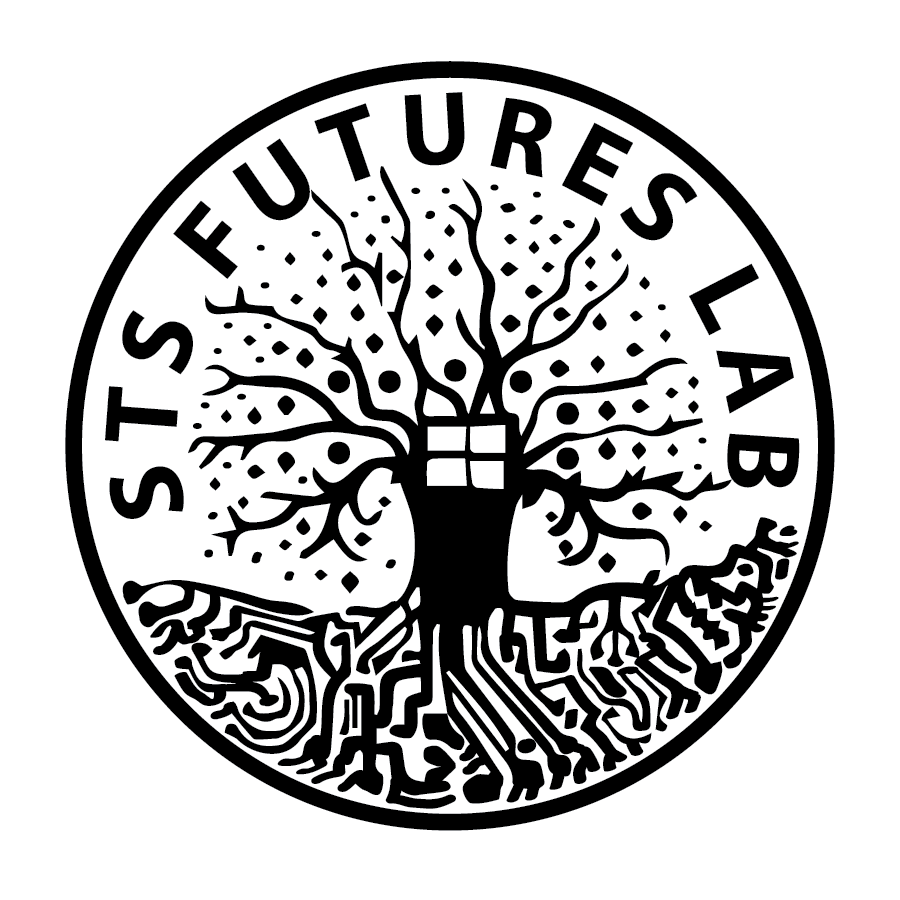
The STS Futures Lab at James Madison University is a fun and intellectually stimulating space where faculty and students collaborate on cross-disciplinary STS research and pedagogy. A key dimension of this work involves imagining and critically interrogating plausible sociotechnical futures through a blend of scenario analysis, design fiction, and anticipatory ethical reasoning, in the interest of supporting holistic problem solving, anticipatory governance, and responsible innovation. Through the STS Futures Lab, innovations in STS pedagogy have begun to inform a reconceptualization of STS theories and methods concerning socio-technical integration, knowledge production, expertise, and critical participation. This exhibit highlights the Lab’s engagement with critical STS pedagogies in STEM curricula, its involvement of STEM students and collaborations with STEM faculty, and its new Co-Imagining Futures research project. The exhibit examines and reflects on the possibilities and constraints of play and collaborative making in developing critical thinking and interactional expertise, in developing tools for anticipatory governance of emerging technologies, and in developing multidisciplinary collaborations that produce new knowledge at the intersection of pedagogy and research.

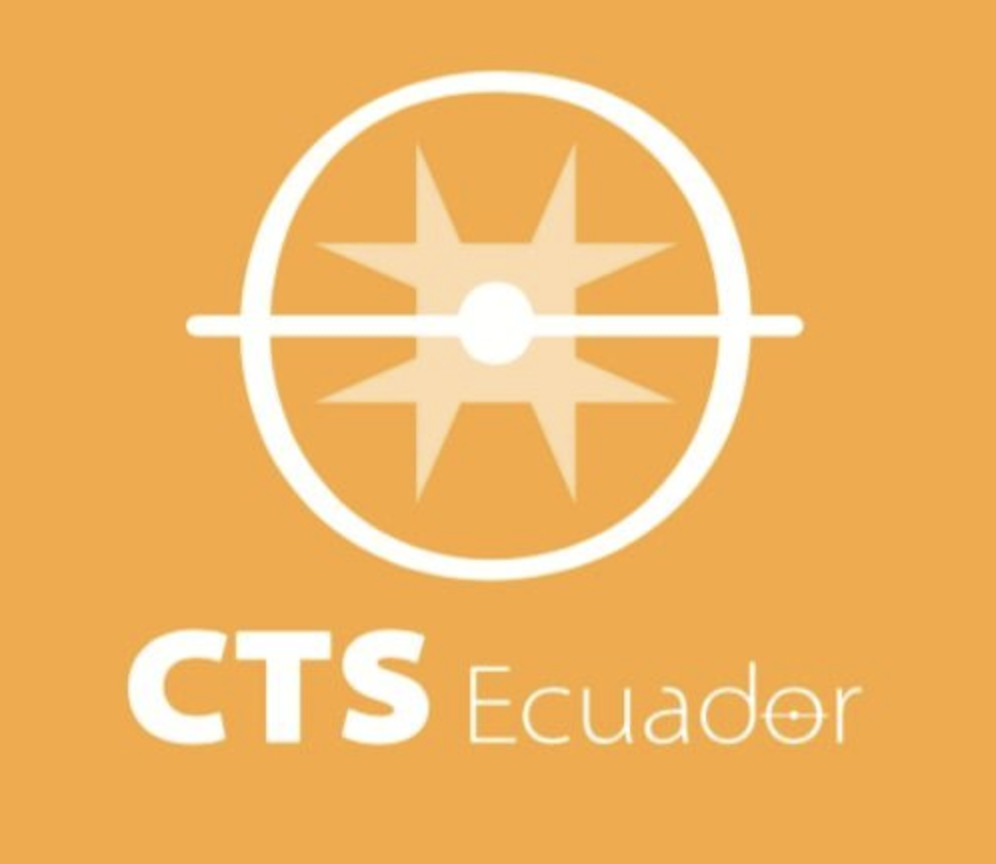
Academic communities, such as the Ecuadorian community of researchers on Science, Technology, and Society (STS) studies, often emerge from the collisions of scholarly interests, the building of new research programs, and opportunities for collaboration. This exhibit recreates the story of all the associations of human and non-human actors which co-created the STS network in Ecuador. We follow their traces and co-produce a narrative to show how different STS scholars came along in constant dialogue and institutionally stabilized their trajectories. The route includes traveling from the Equatorial line throughout the country in order to uncover the different locations of the Andes where STS studies are rooting as a new field and building academic communities.
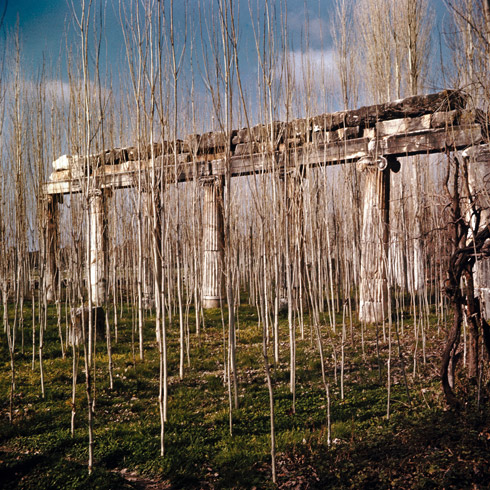
This exhibit extends the digital collection entitled “An Archaeology of STS in Turkey” that was built for the 4S 2018 meeting in Sydney. As IstanbuLab, this year, we aim to re-think the figurations and performances of STS in Turkey with a focus on microhistories and experimental interventions. Drawing on the fragmented and discontinuous past of STS in Turkey, we strive to render multiple interruptions of STS in this country visible while simultaneously innovating the past, present and future of the field by zooming into creative spaces such as art. This exhibit is a speculative endeavor towards investigating the ways to sustain STS praxis in a country where the field lacks institutional grounding. On the basis of multiple personal narratives, we highlight what it means to do STS in Turkey; how scholars innovate STS across different scales and spaces, and what STS innovates in this country. Overall, we ask: Whether and how would it be possible to sustain critical STS in a country “where nothing endures but constantly changes?”
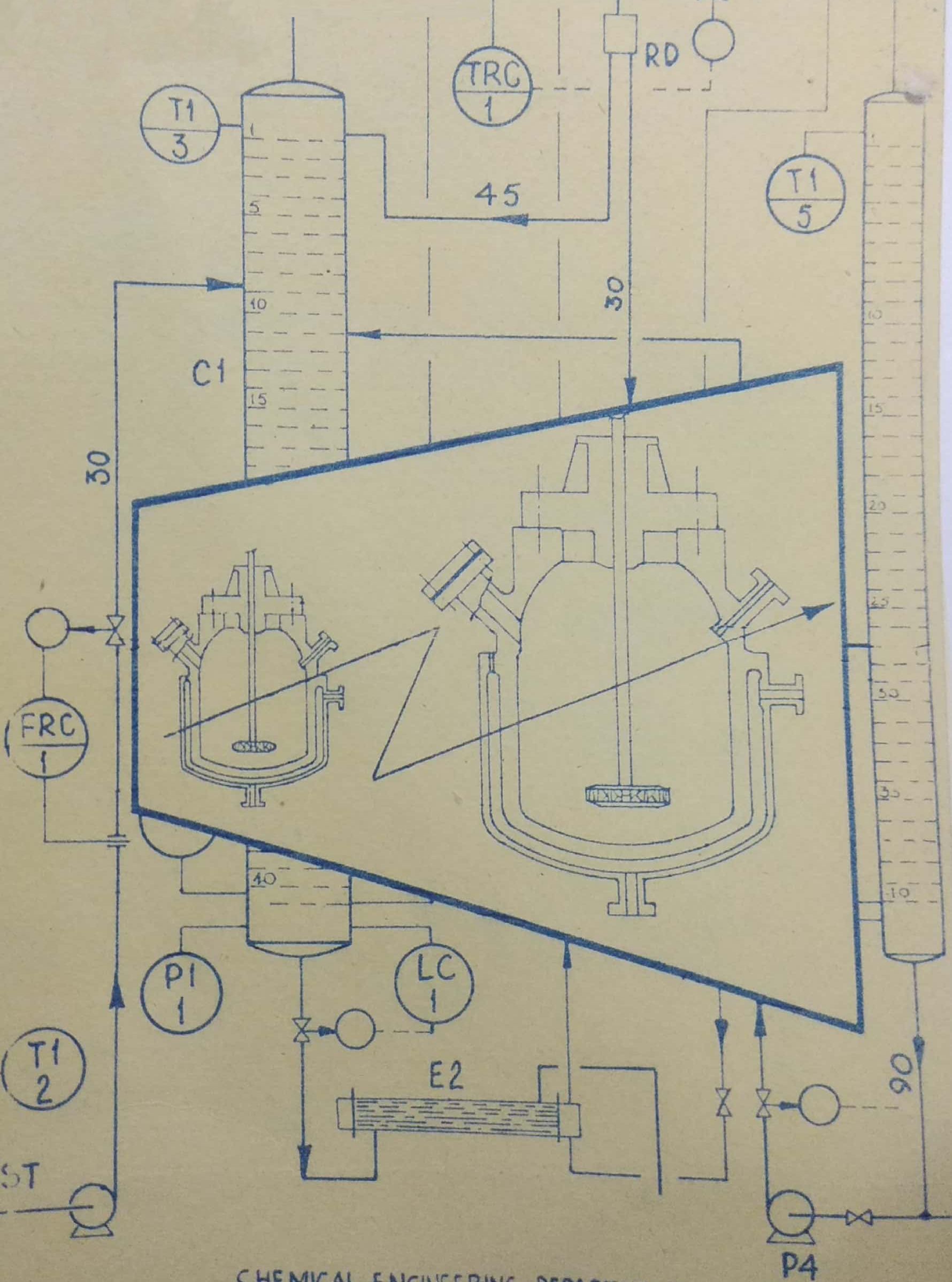
In the modern biological and biotechnological paradigm, the ‘west’ has been the source and site for knowledge production. India has its own unique journey in biotechnology. Beyond the hegemonic gene-centric approaches of the ‘west’, chemical engineering combined together with the biological sciences shaped the trajectory of biotechnology in India. The Biochemical Engineering Research Centre (BERC) at IIT Delhi, India, came into existence with Swiss and British collaboration in 1974. Within few years of its inception, BERC emerged as a formidable force and chaired/ led various committees and conferences focusing on biofuels and non-conventional energy sources worldwide.
This exhibit depicts the epistemic culture of innovation and counter-hegemonic trajectory of biotechnology in India, beyond the dominant gene-centric approaches. It emphasises the role of BERC by making alterations in object-culture such as choice of technologies and design, selection of raw material and socio-cultural context of research, which eventually changed the epistemic trajectory of the discipline as a whole. Overall, the exhibit complicates the dichotomous and hegemonic nature of so-called ‘western’ and/over ‘eastern’ science.
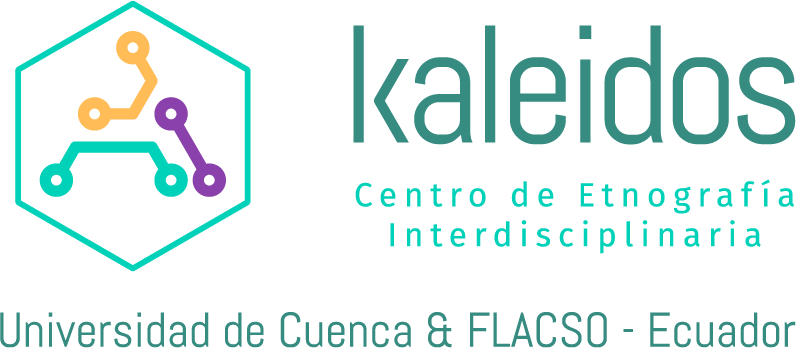
Kaleidos - Center for Interdisciplinary Ethnography at University of Cuenca and FLACSO - Ecuador envisions STS as a kaleidoscopic intervention into economics, ethics, knowledge, and politics from the global south. At Kaleidos, we explore how novel academic infrastructures can become pathways for interrupting and regenerating the field of STS. In this exhibit, we render visible the many ethnographic approaches to STS in Cuenca, Ecuador: from environmental governance, to disability studies, LGBTQ+ algorithms, and financial frontiers, we interrogate how the anthropocene unfolds on the ground. Our aim is to showcase how STS has enabled us to promote collaborative projects that tie together universities, industries, publics, and institutions in new and mutually attractive modalities of interdisciplinarity and interdependence.
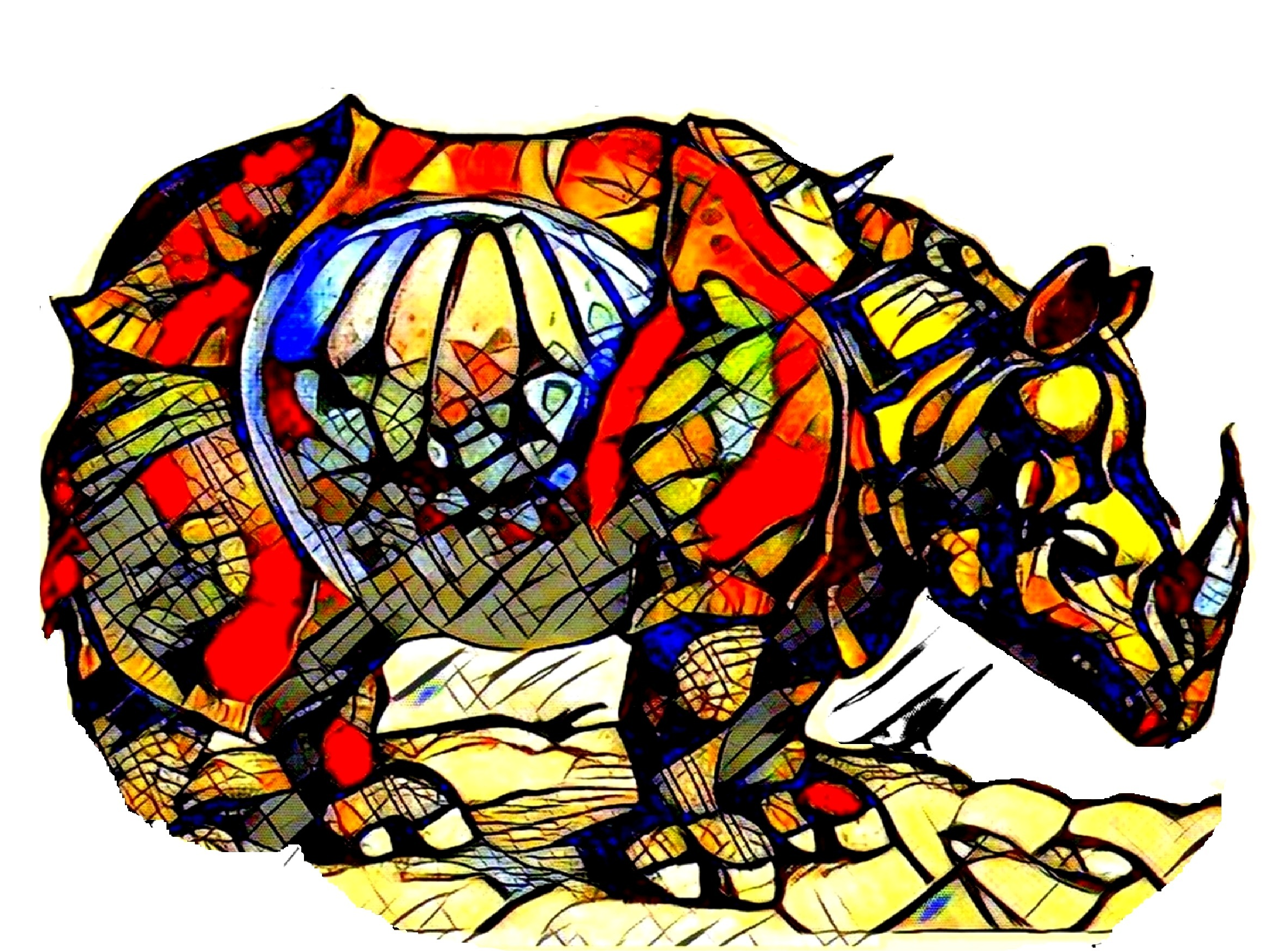
The Science and Technology Studies research group at Mexico’s National Autonomous University (UNAM) is a multi-disciplinary cluster that brings together scholars and students working in the history, philosophy, cultural, feminist, and social studies of science, technology, and biomedicine. Situated in Mexico, our research engages methods spanning visual and laboratory ethnography, textual analysis, archival research, and participant observation. Throughout our investigative processes, whether in the field or the archive, we have encountered and experienced a number of interruptions. Rather than dismissing them as epistemic obstacles or methodological noise, our position as STSers in a postcolonial context has attuned us to recognize them as provocations that allow us to reposition and retool our approaches. In this exhibit we bring interruptions to the fore, instantiated as a 7.1 magnitude earthquake in Mexico City that abruptly ended a patient interview; the jarring image of a cancerous tumor laid out on a tray instead of pristine slides expected to find catalogued in a biobank; the itinerary of a mobile radioisotope unit disrupted by the crashing of its transport train; when Mexico’s context of violence and insecurity not only limits access to the field, but forcefully expels us from it.
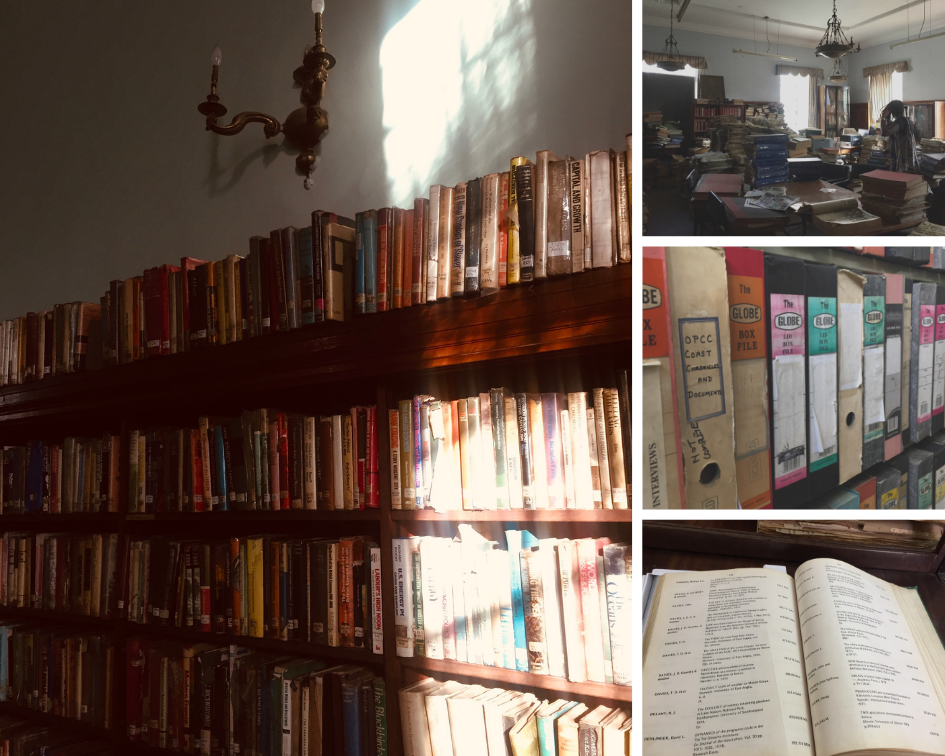
Extending the 2018 STS Across Borders analytic question investigating the scholarly infrastructure that has supported the growth of STS on the African continent, this exhibit looks at sites of scholarly memory practices (Bowker 2008) in Nairobi, Kenya and asks: how are qualitative research data being cared for, by whom, and for whom? Tacking between the materials found in the very places highlighted and the rationale behind the creation of these spaces, this exhibit offers snapshots from the exhibit creator’s ongoing fieldwork research in Nairobi and includes images, texts, and interview data from and about the Kenya National Archives, British Institute of Eastern Africa (BIEA), McMillan library, and PALIAct Ukombozi library, among others. How has the purpose(s) and care of libraries and archives shifted over time in Nairobi? What are the implications for contemporary scholarly communications and the circulation of knowledge’s today? The exhibit uses these materials to track shifts and changes to public research data capacity that have and continue to influence the conduct of social science in the city, country, and region.
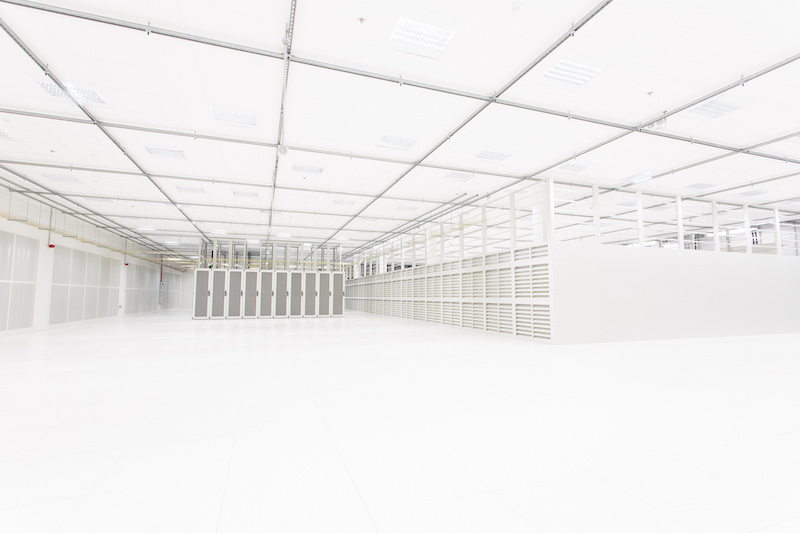
This Innovating STS Exhibit is an interactive gallery of posters that present themes from the work of a new network of scholars engaged in critical STS work on outer space science and technology. Organized under the rubric Social Studies of Outer Space (Messeri 2016), this network includes sociologists, anthropologists, historians and cultural theorists, and advances critical perspectives on future engagements in STS with outer space as well as planeto-orbital infrastructures and environments. Human spaceflight, one of the foremost technoscientific projects of the twentieth century, promised a radical transformation of human society. While many of the early promises of humans in space remain unfulfilled, renewed commercial interest in spaceflight can be seen, such as commercial space launches (i.e., SpaceX, Blue Origin), space tourism (Virgin Galactic) and asteroid mining ventures. New governmental actors (i.e. China, India) are investing in new space exploration programmes and establishing economic interests in orbit. STS scholarship has so far demonstrated limited interest in this area relative to other technoscientific fields. However, multidisciplinary approaches are emerging to address outer space in terms of ‘New Space’ economics, technopolitics, extractivism, space archaeologies, human-machine relations, waste and sustainability, research infrastructures, globalization, sociotechnical imaginaries, surveillance, and warfare. This interactive exhibit showcases how new STS work is reaching outer space and reflect on its specific impact on STS paradigms. The exhibit highlights how outer space technoscience is a contested site of innovation and investment in particular sociotechnical futures.

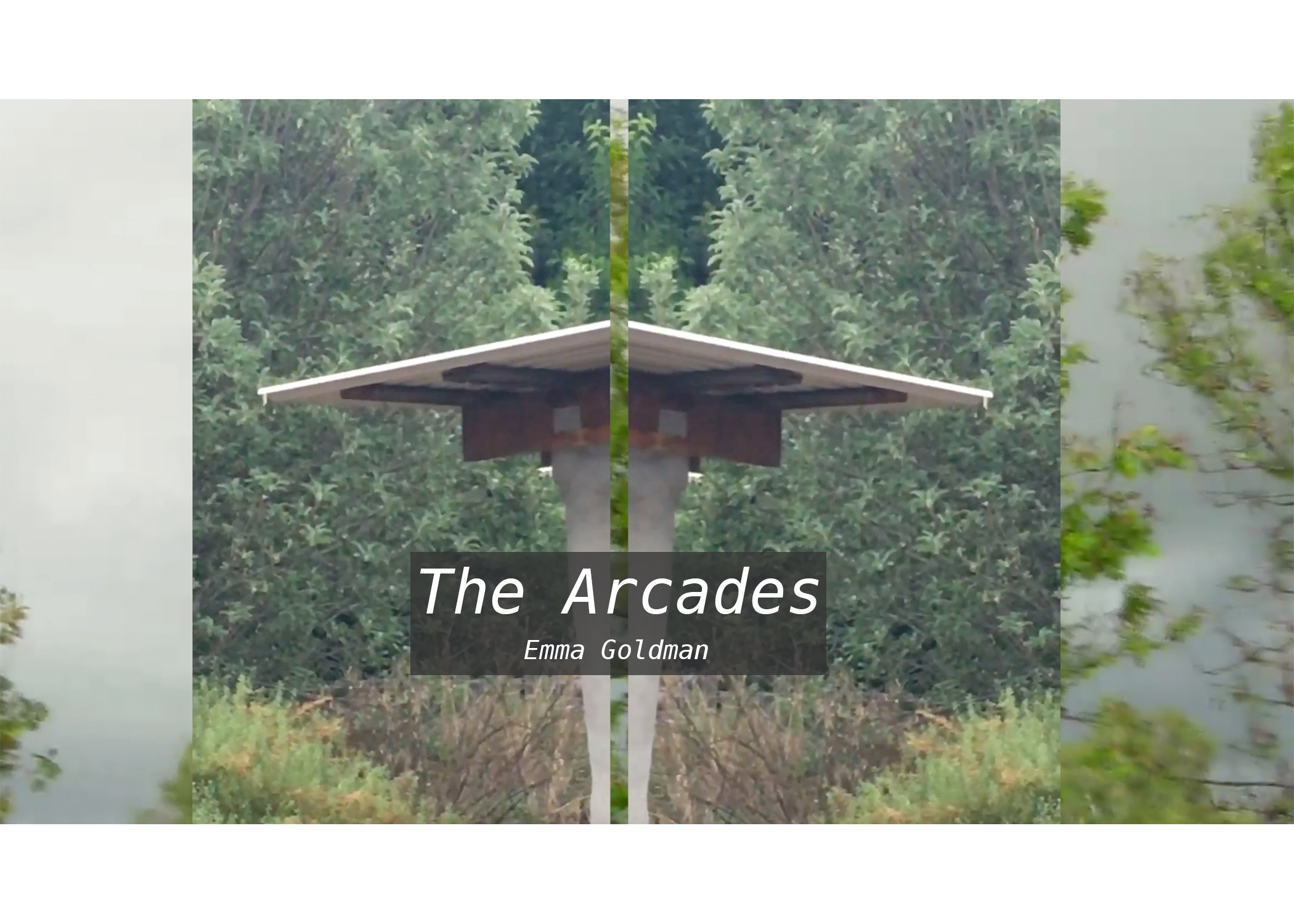
The focus of Meditations, is on the way memory is affected in a digital age, here the use of smart devices is becoming one of the primary forms of archival and documentation. Meditations began as a video-based art installation, filling a room with projections meant to transport the observers into a familiar space, but one that is not necessarily their own. More recently the project has taken a turn focusing not only on the effects of digital documentation, but also on the roles of mental illness, and issues such as dissociation in the creation of memory. Using video and sound to open a conversation with the viewers about the influence of technology in memory allows us to also bring forward conversations on the ways that others are affected that might otherwise be less clear.

UCLA Center for the Study of Women (CSW) presents Chemical Entanglements: Gender and Exposure (CE) as an example of innovation in Science and Technology Studies. CE is a multiyear collaboration involving scientists, artists, epidemiologists, oral historians, environmental justice activists, disability studies researchers, and scholars of intersectional gender & sexuality studies. CE advances STS innovation across four facets:
Our exhibit emphasizes the roots of these four facets in feminist care practices and disability activism that prioritize DIY advocacy. Our pedagogy is aimed at cultivating the next generation of researchers, activists, and care networks invested in the study of toxic exposure.

MISFIRES is a new interdisciplinary research program at the intersection of STS and critical market studies, based at University College Dublin. It aims to guide new academic and policy thinking by establishing how: 1) concerned actors voice and mobilize around the notion that healthcare market has ‘failed’ them; 2) concerned actors seek to negotiate and address healthcare market failures; 3) this process may lead to ‘better’ healthcare markets (as defined by the actors). The project also explores participatory and collaborative strategies in the five cases it researches by helping to open these markets up to the concerns of those who are let down by them. Individual case studies include issues around the assetization of pharmaceutical patents (Hepatitis C), evolving activist strategies around access to medicines (HIV/AIDS), digital activism and user innovation (Type 1 Diabetes), and the use of participatory tools as a response to non-engagement by publics (private and public genomics initiatives).
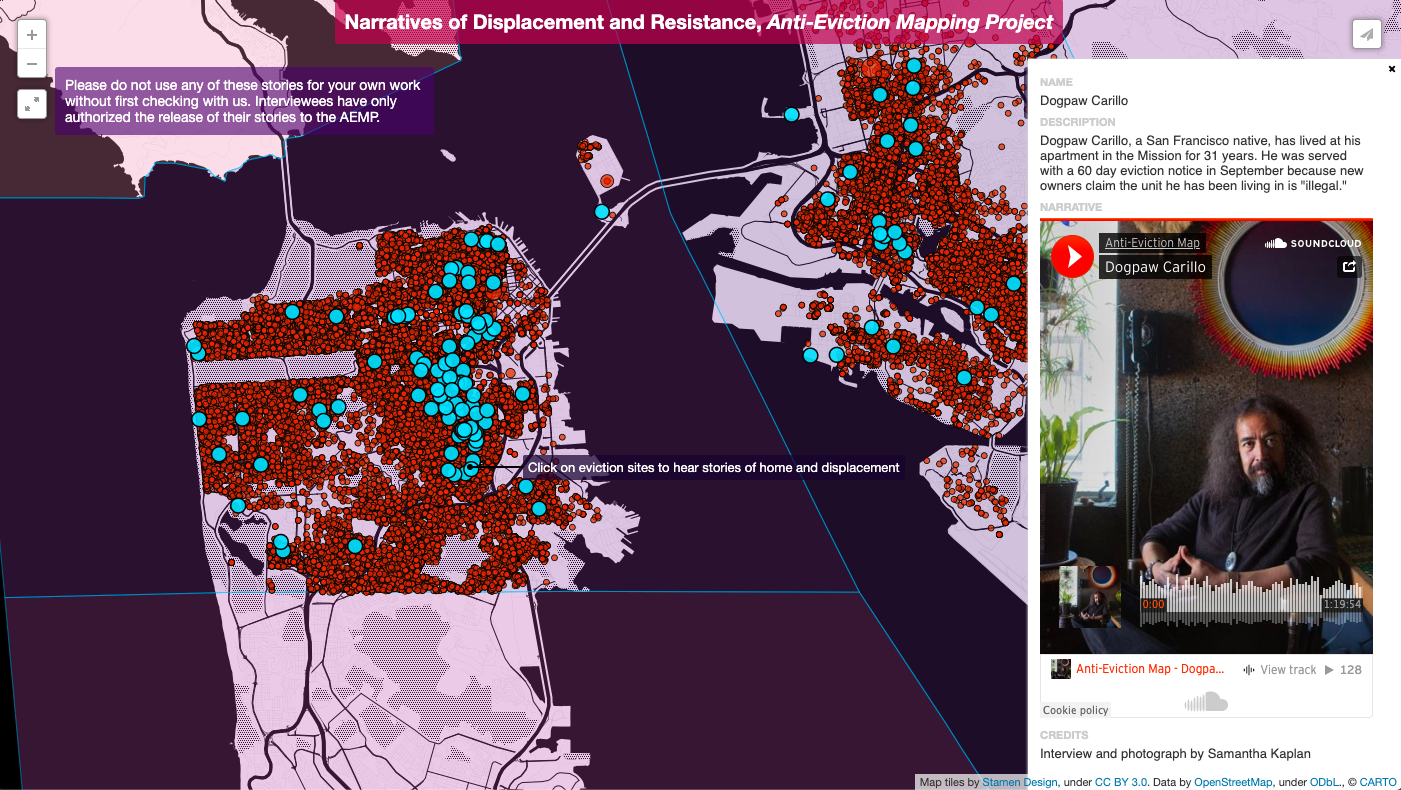
The Anti-Eviction Mapping Project (AEMP) is a data visualization, counter-cartography, and digital humanities project documenting displacement and resistance upon gentrifying landscapes. Here I display some of the collective's work, largely based upon that in the San Francisco Bay Area, where I co-founded the project in 2013. As contemporary gentrification in the Bay Area is largely related to the Silicon Valley tech boom, or Tech 2.0, for the AEMP, it has been important to use digital technology to fight back against gentrification, and to archive neighborhood transformations and resistance struggles. In this way, we are committed to technological futures that exist beyond that of Silicon Valley.

NESTSMX ("Neighborhood Environments as Socio-Techno-Bio Systems: Water Quality, Public Trust, and Health in Mexico City”) is a multi-disciplinary collaborative project that brings together expertise from epidemiology, environmental engineering, anthropology, and STS. The project develops new methods for exploring the complex relationship between water infrastructure, public trust in water quality, and health across Mexico City neighborhoods. In order to study water trust in neighborhoods as socio-techno-biological systems, we have developed household and neighborhood water audits which include the generation of epidemiological, epigenetic, and ethnographic data. During these audits members of the field team work with different objects such as cisterns, buccal swabs, hair samples, petri dishes, water quality tests, and fieldnotes to reveal the different water realities experienced by Mexico City residents. The team also uses multi-media to share these complex material realities with laboratory-based team members who don’t participate in field work. This gallery exhibit is a combination of photographs, schematic representations and video examining three different aspects of the NESTSMX project: 1) how neighborhoods water audits demonstrate the efficacy of our socio-techno-biological systems approach, 2) our findings from household water audits about how collective family storage and management of water affects trust in water quality and 3) our efforts within the NESTSMX project to coordinate different knowledge-making practices amongst the research team and the communities with whom we work. In summary, we portray how our NESTSMX team members learn from each other and study participants, as well as the multiple social and material realities of water in Mexico City.
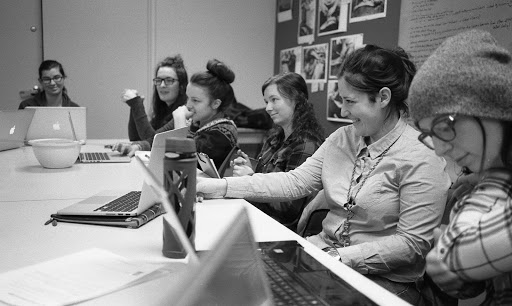
Responses is a collaborative archive that explores the productive potential of being interrupted and the labour of interrupting in scientific knowledge production. It draws upon the everyday experiences and networks of members of the Civic Laboratory for Environmental Research Action (CLEAR) a feminist, anti-colonial marine science lab specializing in monitoring plastic pollution. It offers a critical examination of the ways that different scientific practitioners grapple with bringing feminist and anti-colonial commitments to bare on their practices, and how those practices help them understand how other scientists are grappling with similar issues. This collective endeavour situates the counters and forces of interruptions within specific contexts in which we as students, teachers and researchers are deeply implicated. In this body of work, interruption is framed not simply as occasions or encounters that get in our way, prohibiting us from completing our work. Instead, they are instances that prompt us to reflect upon how our ways of working, and making knowledge claims about phenomenon, and the world, are already entangled in relations and structures of power. With an emphasis on the contingent and the contextual, this collection provokes curiosity about how interruptions can serve as a powerful catalyst that enables new modes of working both politically and personally, as well as serve as moments where power relations come to discipline and direct knowledge.
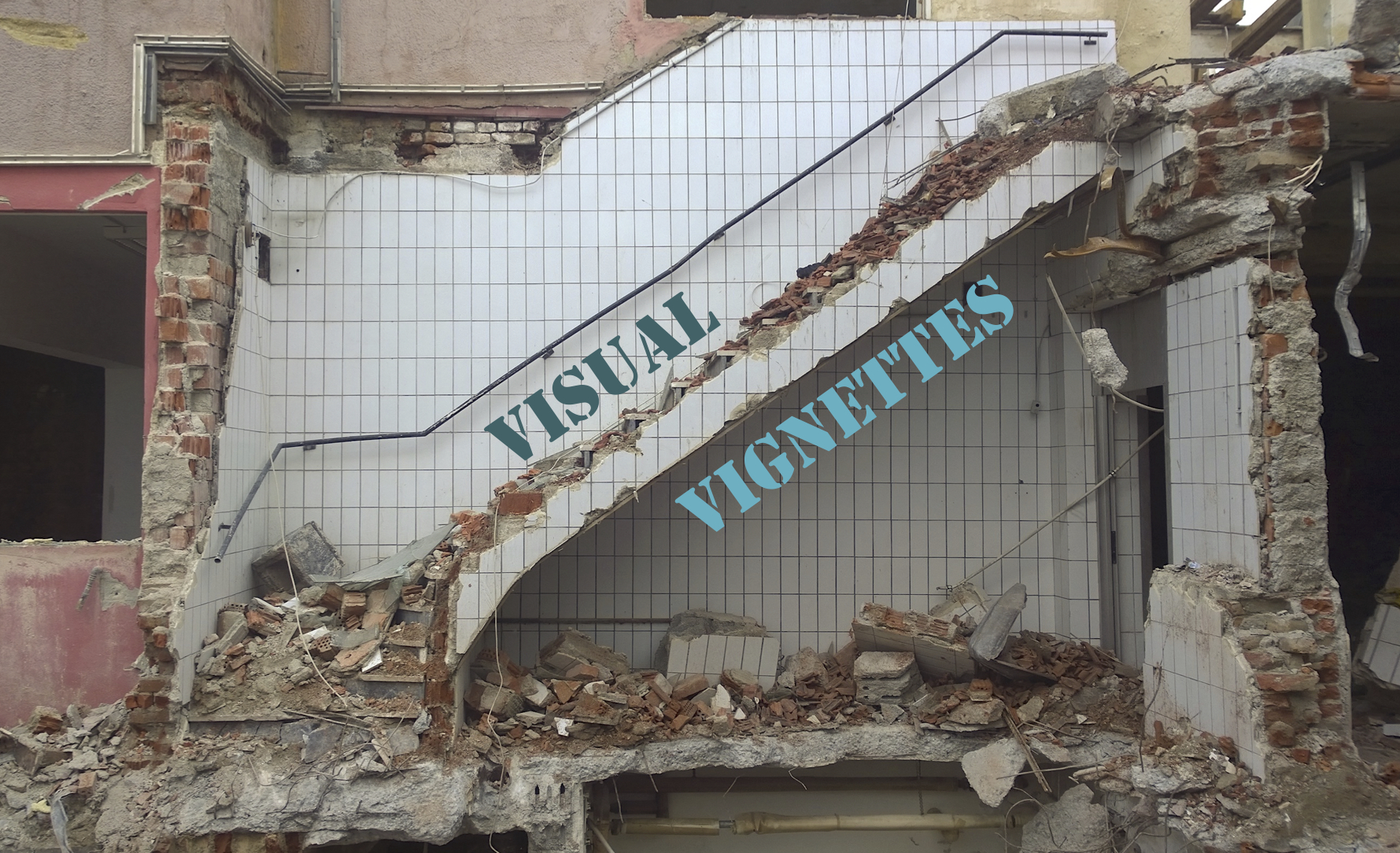
Visual vignettes is a novel genre that connects the vignette with the visual essay, and in the process breaks the ‘labour division’ of the text as content and the image as its illustrator. The rules are simple: 5 frames, however many visuals (images, drawings, graphs, etc.), and 700 words. By repurposing the software program of PowerPoint, participants are invited to consider rearranging their (visual and textual) material beyond the common formats of a dissertation, article or a seminar essay. In previous workshops, the convenors have found that Visual Vignettes are adaptable, serving anything from curating fieldnotes, to analyzing one’s collected data, to developing new communication modes. Similar to Innovating STS’ potential installment in departments, library foyers, etc. and its digital collections, Visual vignettes does both as well: exhibiting developed (printed) Visual Vignettes, and curating them online at http://visualvignettes.wordpress.com/.

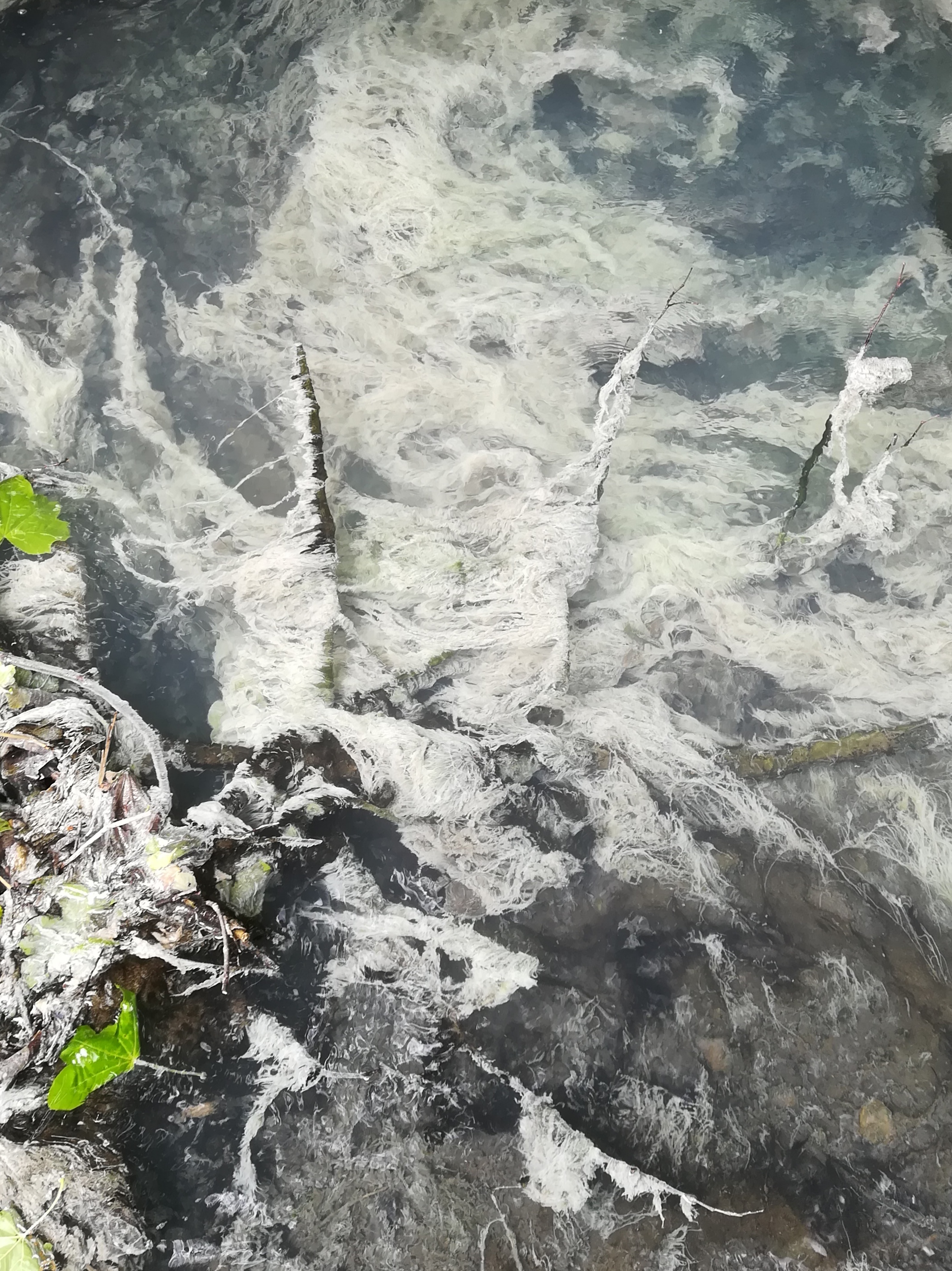
Building on the exhibit created for 4S 2018, this exhibit continues to examine the interactions among scholars and literatures in anthropology and STS in Japan and expands to examine how anthropological and STS studies by scholars of Japan have been a part of and apart from work by Japanese scholars. The 2019 exhibit focuses particularly on (1) mapping key relations among scholars within and beyond Japan, beginning with the relations surrounding the key books and journals, (2) beginning an archive of key articles in Japanese and English produced by these scholars, and (3) exploring ways of using “Innovating STS” and the STSinfrastructures platform as a resource and hub of activity for these scholars.

Aalok Khandekar (Indian Institute of Technology Hyderabad)
Kim Fortun (University of California Irvine)
María Belén Albornoz (Latin American School of Social Sciences, FLACSO, Ecuador)
Duygu Kaşdoğan (İzmir Katip Çelebi Üniversitesi, STS Istanbulab Research Platform)
Angela Crandall Okune (University of California Irvine)
Grant Jun Otsuki (Victoria University of Wellington)
Gaudys L. Sanclemente (Latin American School of Social Sciences, FLACSO, Ecuador)

Aalok Khandekar, Kim Fortun and Gaudys L. Sanclemente. 21 August 2019, "INNOVATING STS EXHIBIT CATALOG: 4S 2019, NEW ORLEANS", STS Infrastructures, Platform for Experimental Collaborative Ethnography, last modified 28 August 2019, accessed 6 April 2025. https://stsinfrastructures.org/content/innovating-sts-exhibit-catalog-4s-2019-new-orleans
